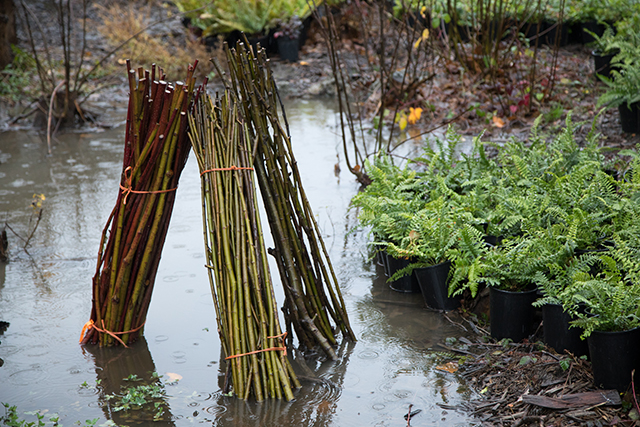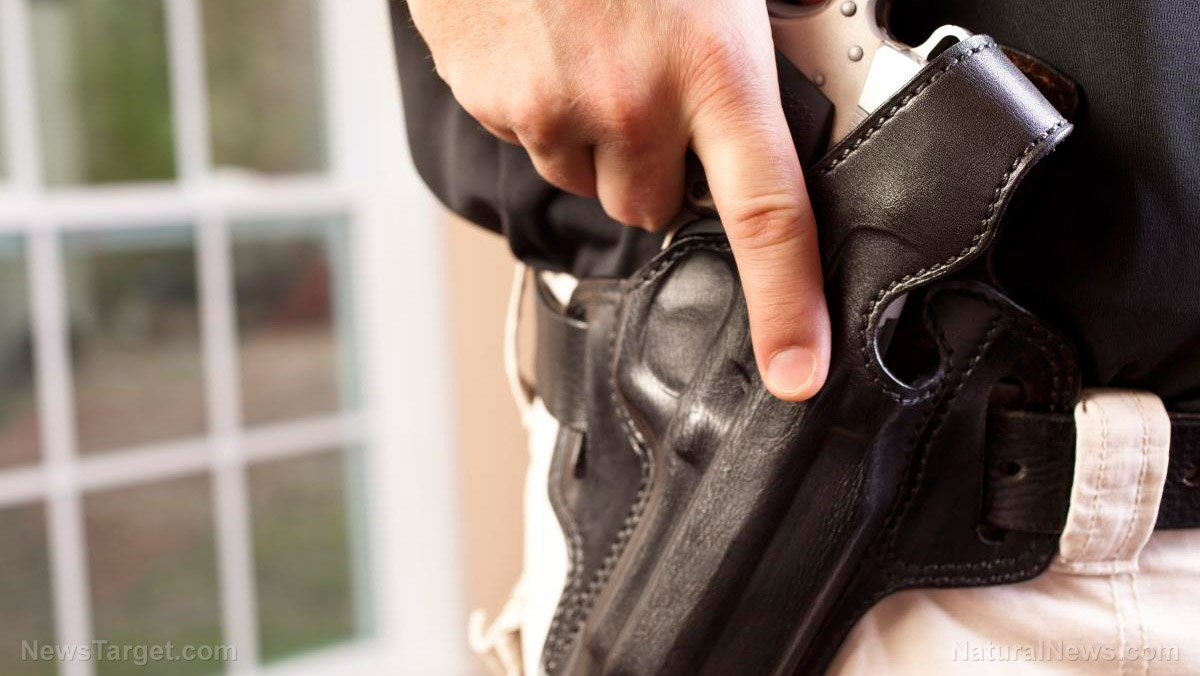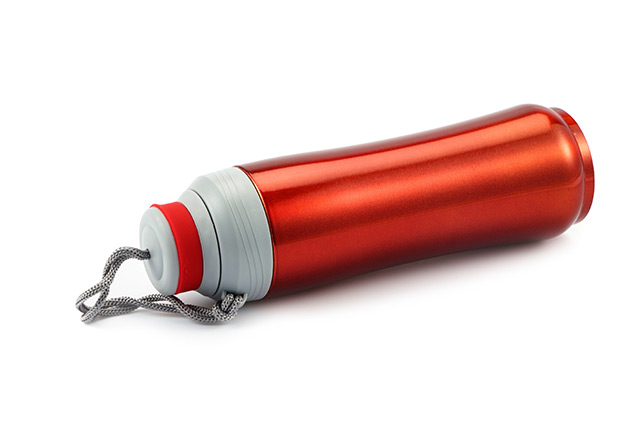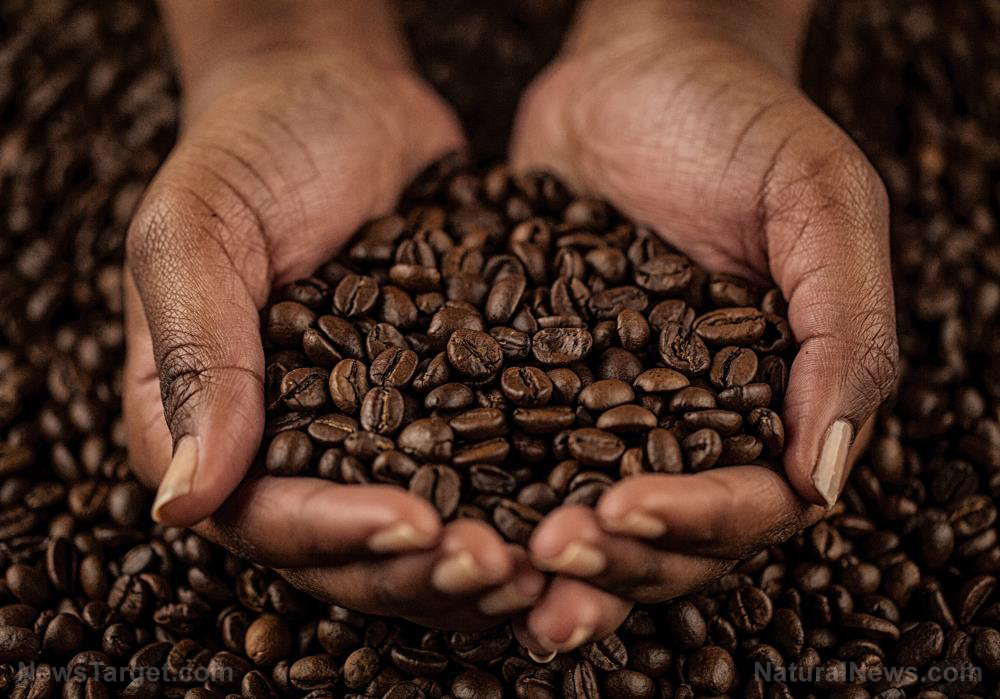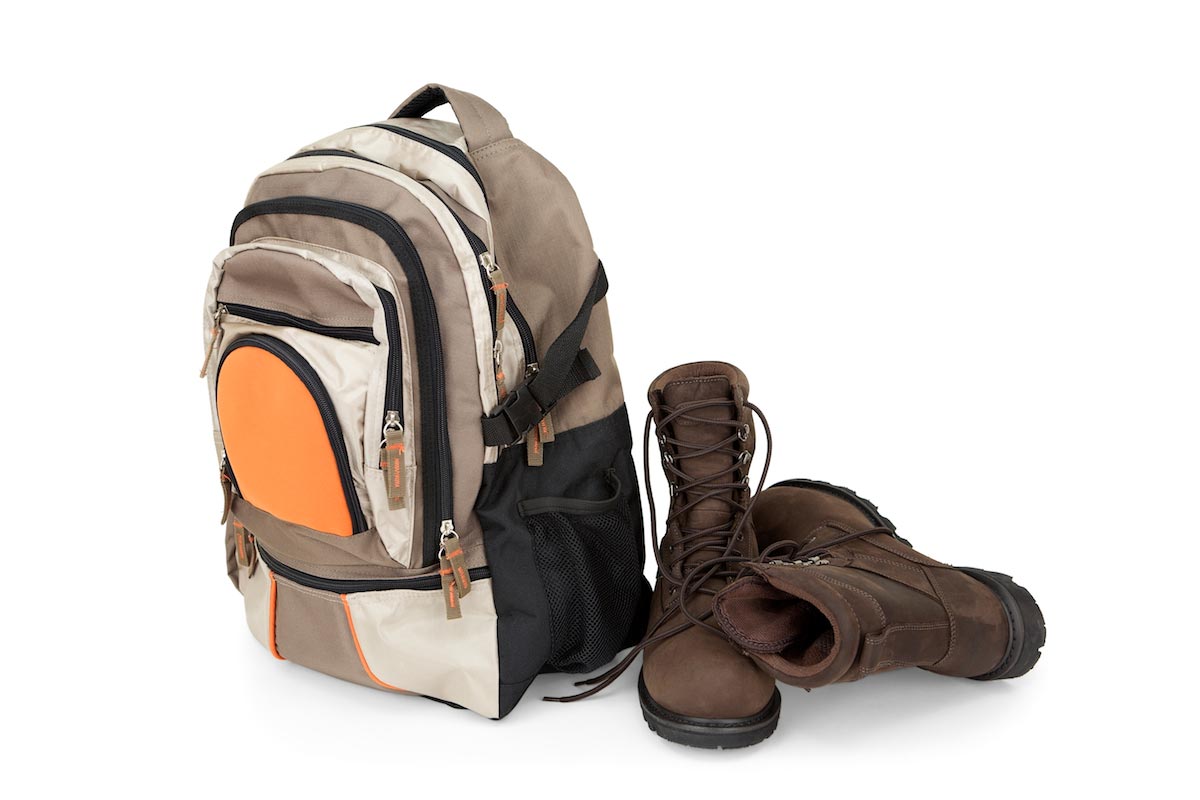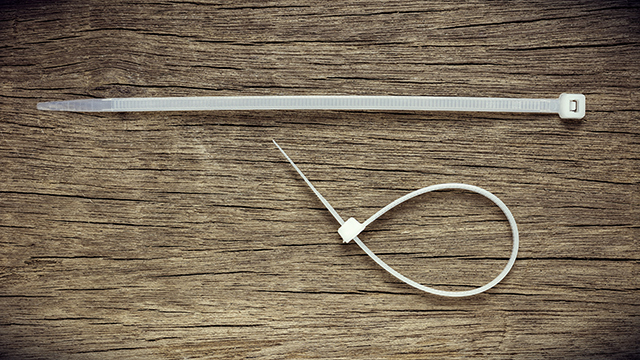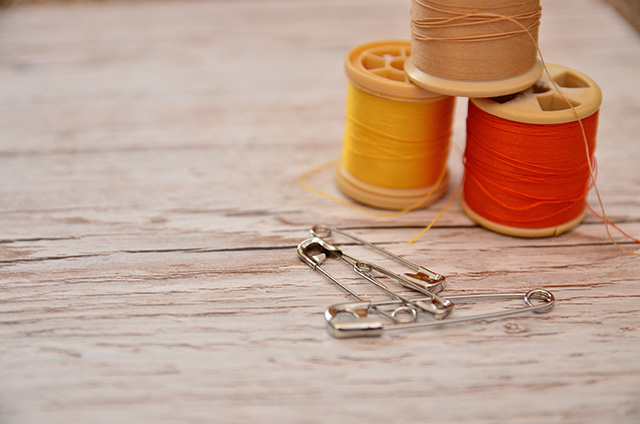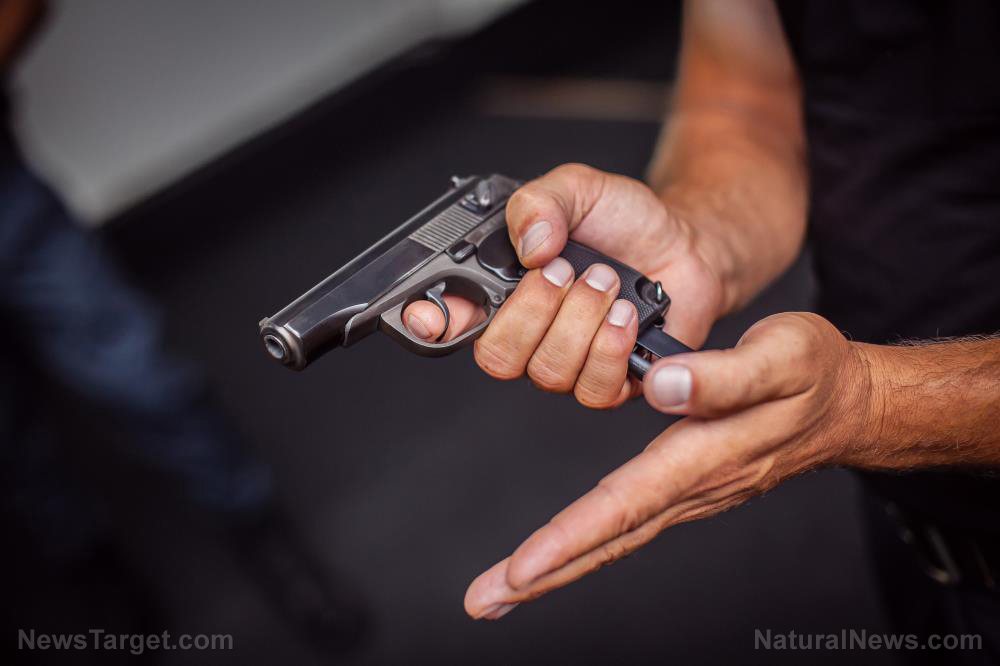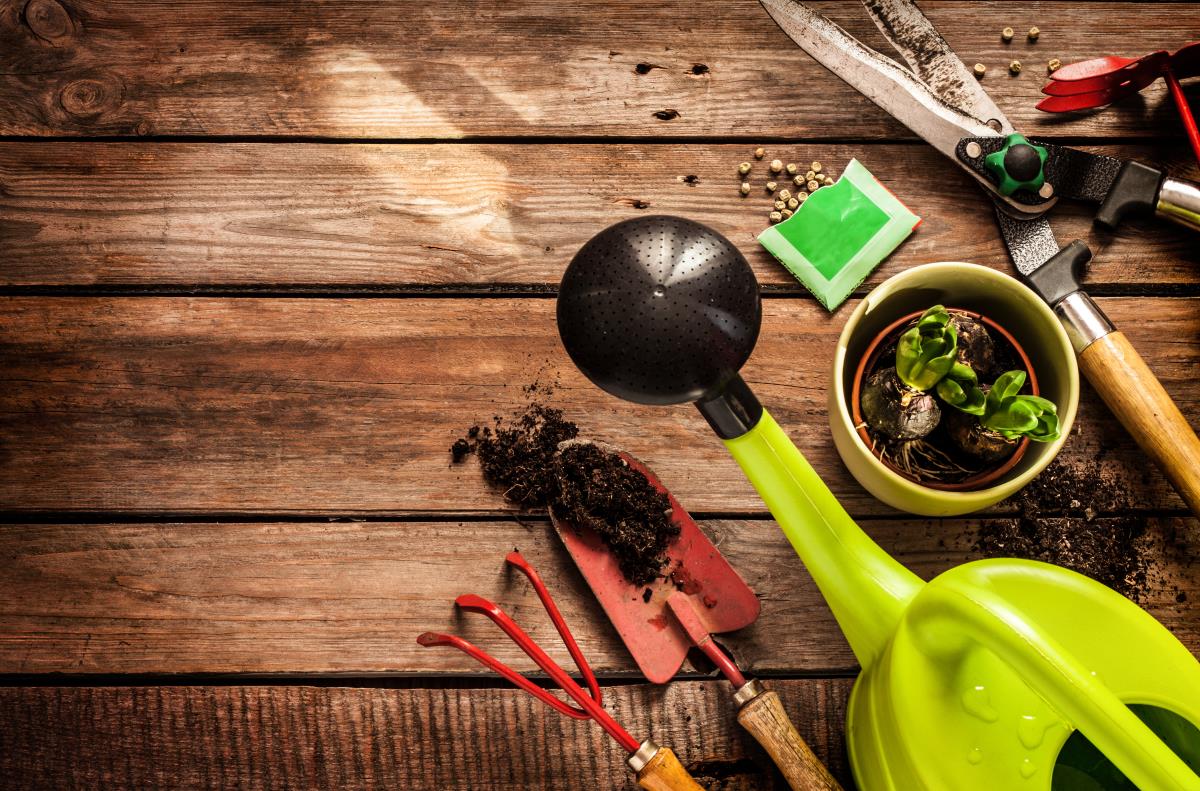Simple ways to check if a silver or gold coin is fake
10/26/2018 / By Edsel Cook
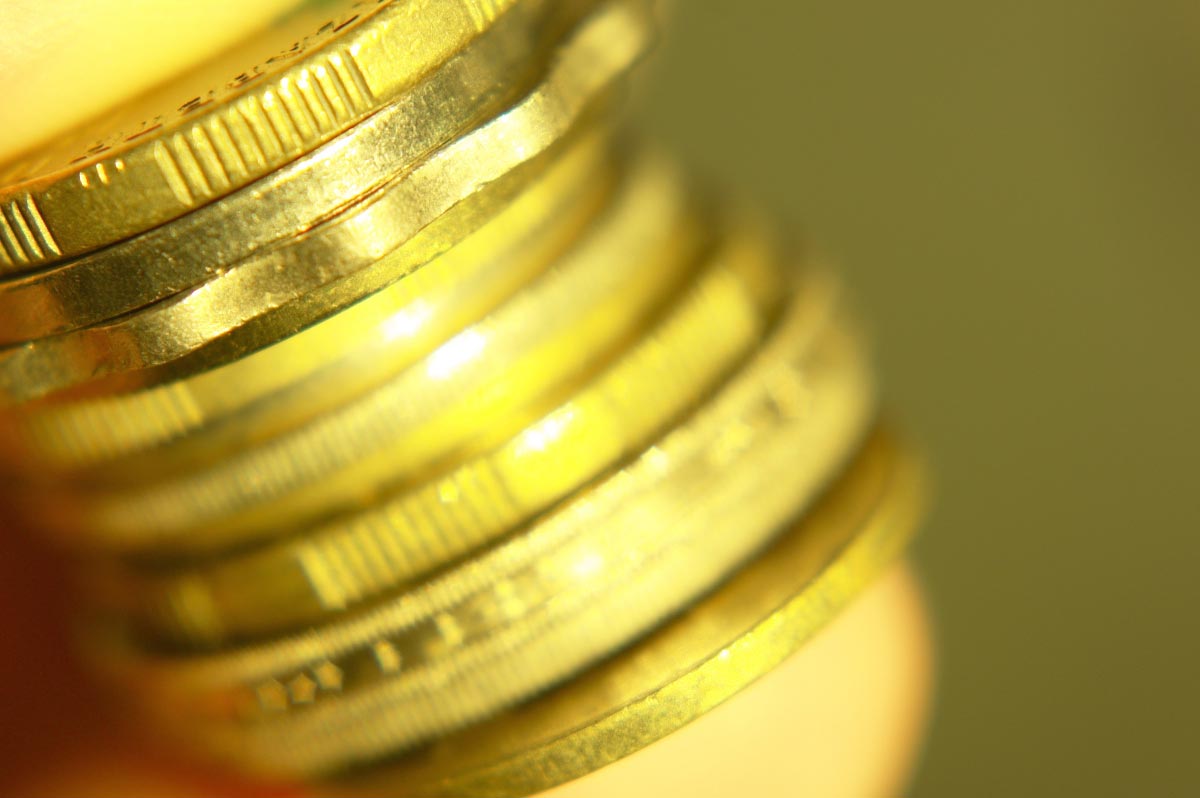
You probably keep old coins made from gold and silver, either as heirlooms or purchased from dealers and other collectors. But can you be sure that they are the real deal? An article in Surviving in Argentina shared some of the most reliable ways to find out if your coinage is real or fake.
The first thing to figure out is the ultimate origin of the coin. You must determine if the dealer who provided the coin can be trusted or not.
The rule of thumb is that a reputable dealer can be relied upon to provide real coins. After all, a man who cheats his customers will eventually be caught.
However, even if you trust the dealer, it is still highly recommended to carefully examine the coins you purchase from him. Even reliable dealers can make mistakes and fail to detect frauds.
Coinage passed down the family are not exempt from this scrutiny. For all you know, the coin handed to you by your relative or ancestor passed through some unreliable hands. (Related: In less than 20 years, the U.S. dollar has lost 80% of its value vs. REAL money (gold).)
The purest of pings without the least bit of magnetism
Gold and silver have certain physical properties that set them apart from other metals. You can take advantage of these properties to find out if your coin is pure or adulterated with other, cheaper metals.
Coins of pure gold and silver let out a very recognizable pinging sound when they are hit. There are no other metals that produce such a prolonged and reverberating sound.
Balance the coin on your finger tip, hit it with another coin, and listen to the resulting ring. If the ping sounds short and flat, there is not enough gold or silver present to create the lovely sound.
Furthermore, neither noble metal responds to magnetism. Get a strong magnet and bring it to bear on the coin. Watch if the coin starts moving towards the magnet. Many fake silver coins swap out the expensive metal with a lookalike substitute that is much more magnetic.
Size and weight matter
Another way to tell apart fake and real coins is their dimensions. Many coins have unique diameters and thicknesses.
You should know enough about valuable coins to know their size. If not, it is easy enough to look up their dimensions. If the coin you are eyeing does not closely match up in terms of size or shape, it is probably a fake.
If possible, bring an authentic coin to compare with the one you are planning to acquire. Mark your coin to avoid mixing it up with your potential buy.
You can also winnow out the fakes based on their weight. The rim of a coin can vary in thickness, but the weight of silver is firmly established.
A real silver coin will therefore never exceed the weight assigned to it. Furthermore, while it can lose a fraction of a grain of its rim to abrasion over years and decades of circulation, the coin will not lose more than that.
When you care to send out the very best tests
If you are not satisfied with these simple tests, you can spend some money and effort to get other means of verification. Acid test kits, for instance, can provide chemical proof of a coin’s authenticity. Unadulterated silver tarnishes much more quickly than alloys.
Spectrometers can also be used for testing gold, although this type of equipment may be expensive and impractical to use for a casual coin test.
Visit Collapse.news for more articles about important skills you should pick up.
Sources include:
Tagged Under: coinage, coins, fake coins, finance, gold, how to, magnetism, magnets, Precious Metals, preparedness, silver, survival, survival gear

